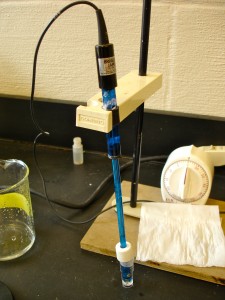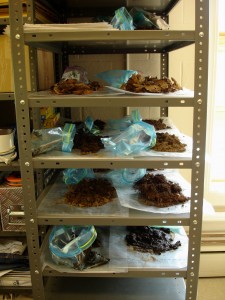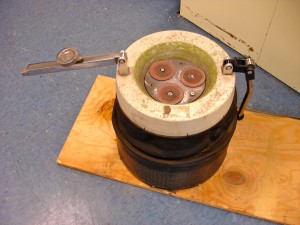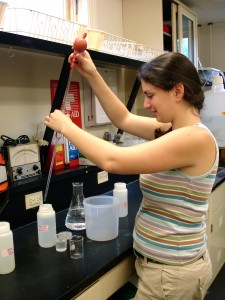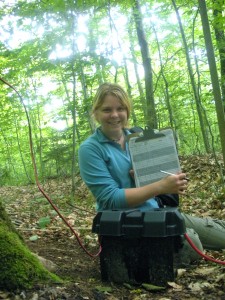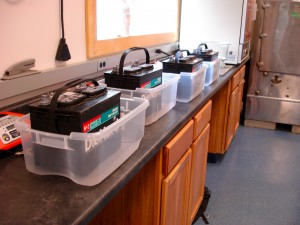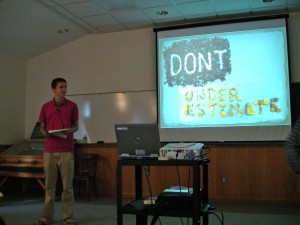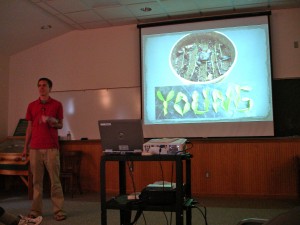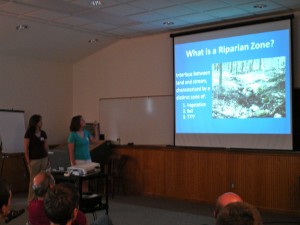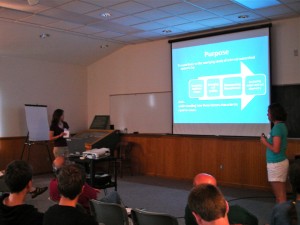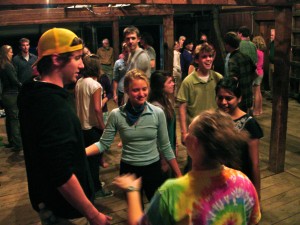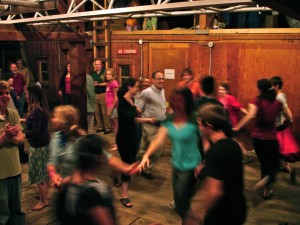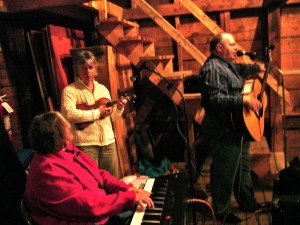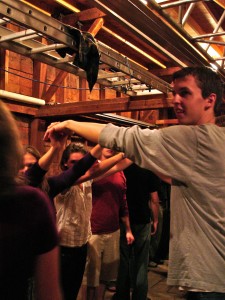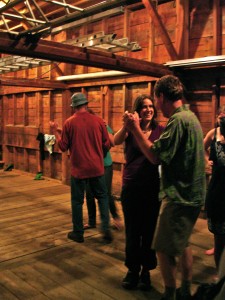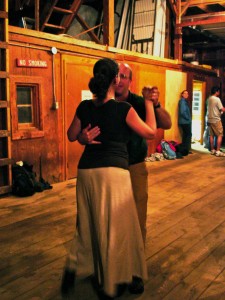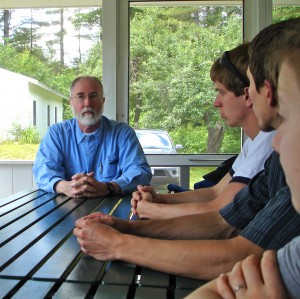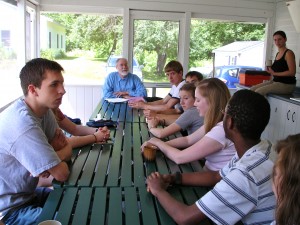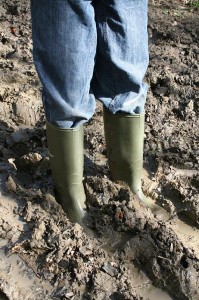
Major and Home University: Environmental Conservation, University of New Hampshire
Research Mentor: Dr. Charley Driscoll
Why/how did you get involved with the program?
He heard about Hubbard Brook in his classes at UNH, and became interested after finding the program online. He really liked the location, and most important the type of research that is being conducted here. Plus, it's in the White Mountains!
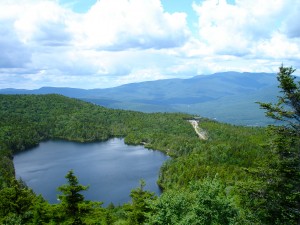
Loon Pond, NH
What is your project?
Comparing the acidity levels of ponds in the White Mountains to previously collected data from 1995. He is looking to see if there have been any changes in acidity levels in these ponds over the past decade, as well as comparing ANC, sulfur, and nitrogen levels. Pretty simple, yet a whole lot of hiking and data analysis.
Why is it important?
To see if the Clean Air Act worked. A lot of time, money, and effort has been put into decreasing acid deposition in the United States. It is very important to find out if these efforts have been successful (and if not, adapt our efforts so they will be more successful).
Also, it is generally important to monitor water quality. Sudden changes could mean something isn't right in the ecosystem, or humans are creating a new impact on the environment. Acid rain (as a concept) was discovered here at Hubbard Brook thanks to long-term monitoring.
And finally....what is your favorite piece of gear?
The boat used for sampling hard to access ponds.

Not quite...

